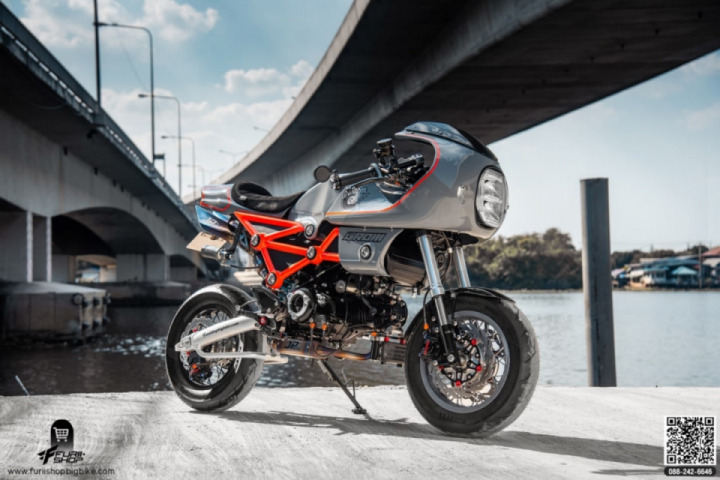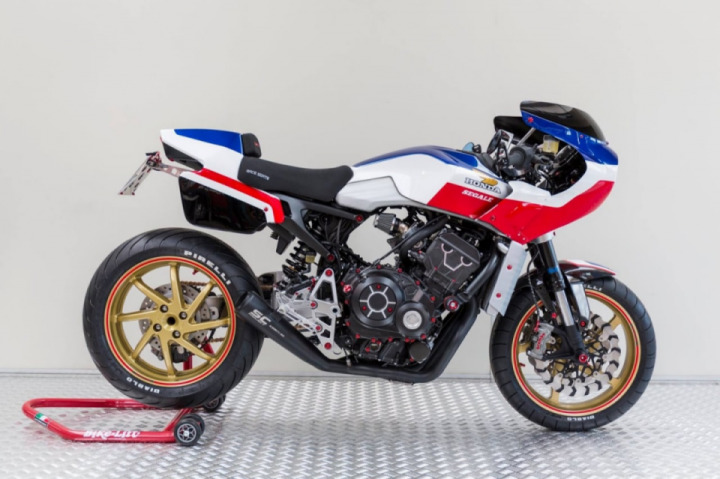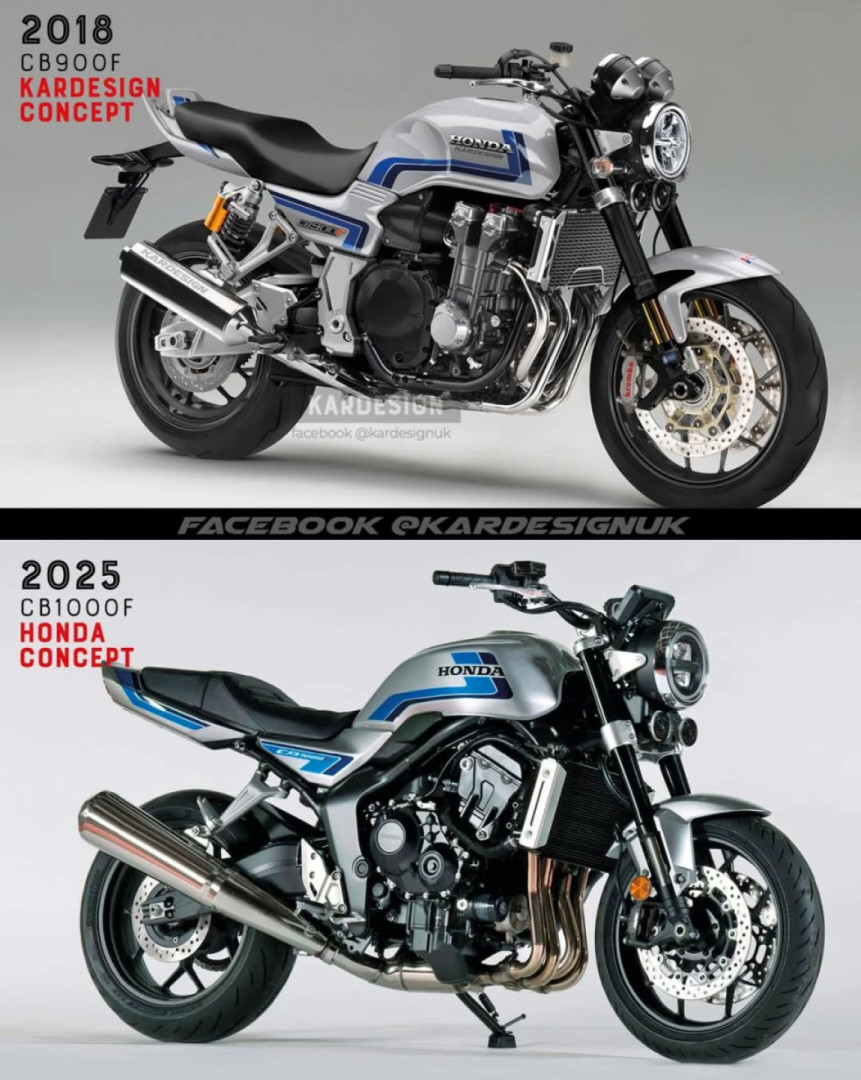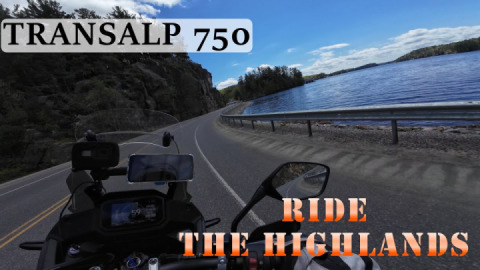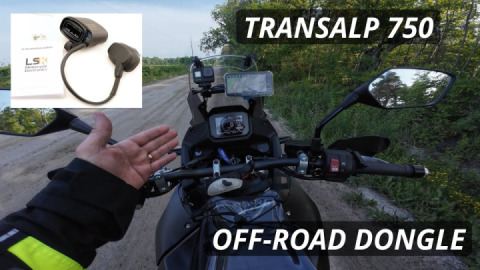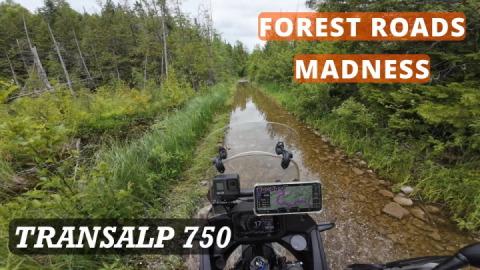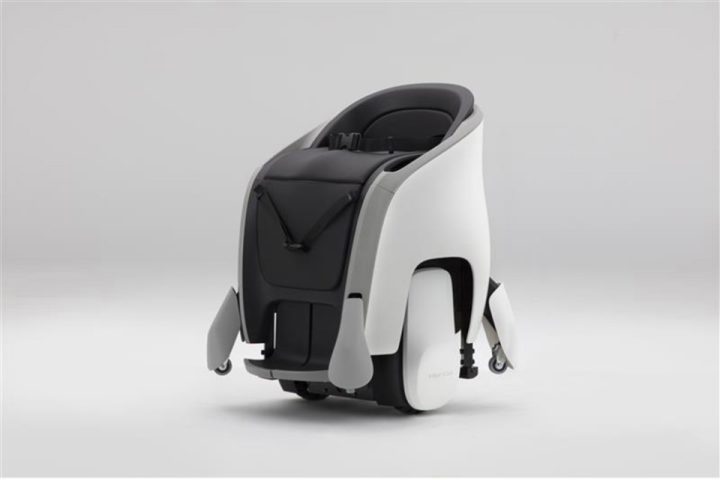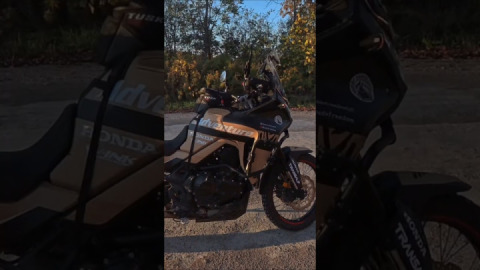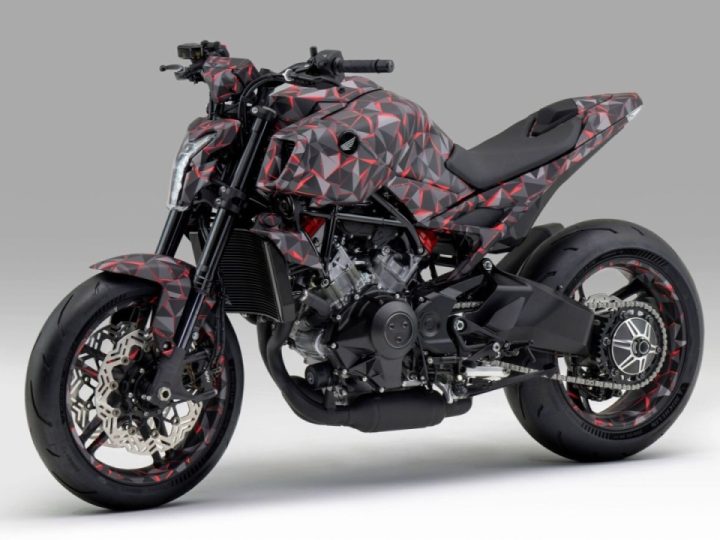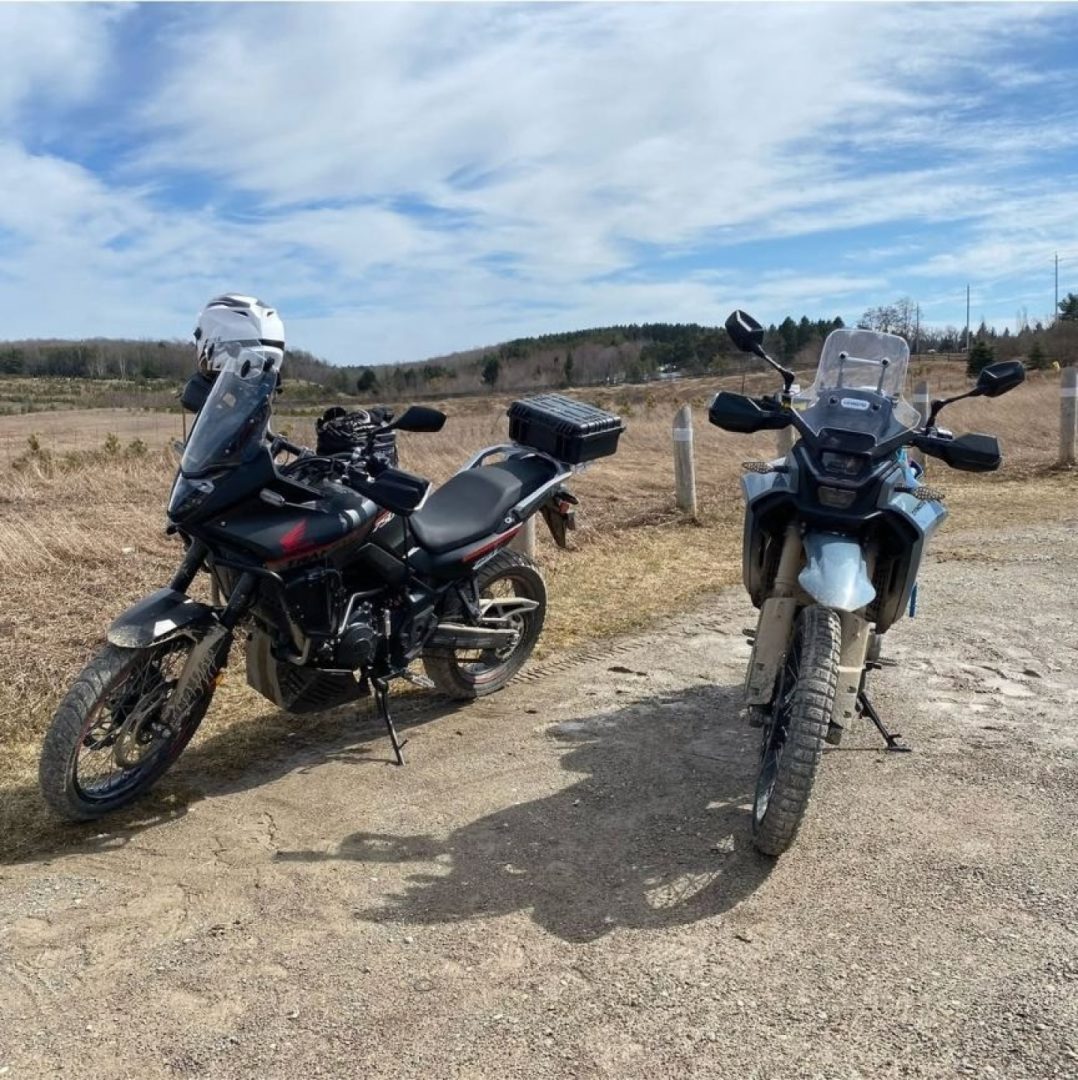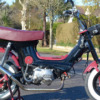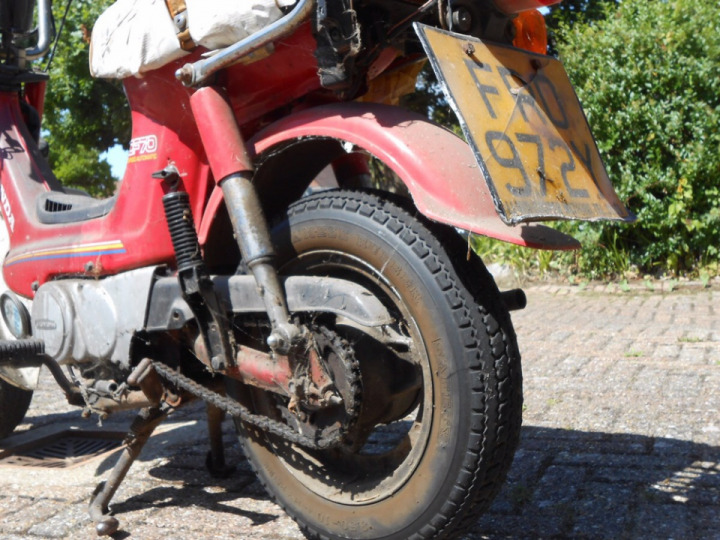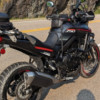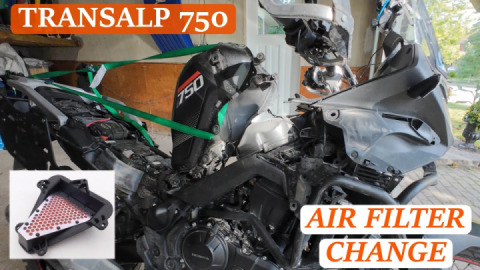Honda Elf history, Two-Wheeled Icons of the 1980s
It all started in 1978 with an experimental bike named the ELF-X.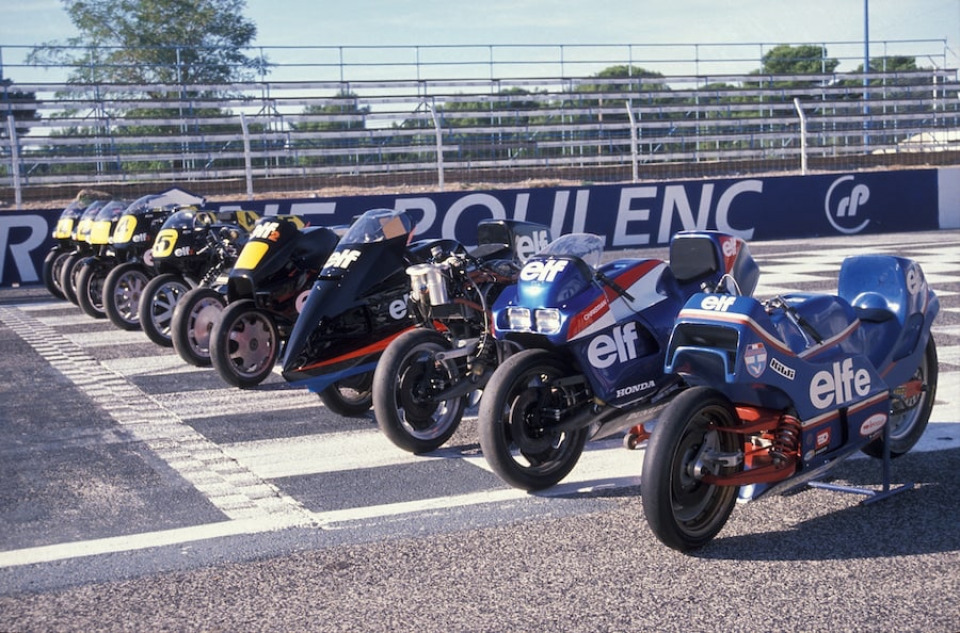
Powered by a Yamaha TZ750 engine, the ELF X appeared in “concept” form at the 1978 Paris Show. An all new type of design and rethink of the conventional racing motorcycles of the time.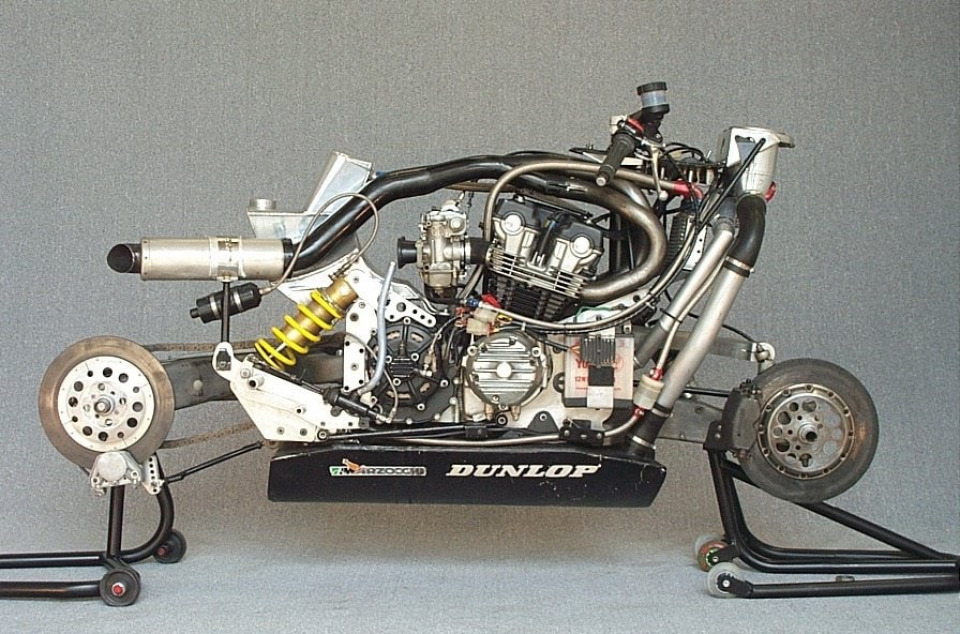
The project was designed by French engineer André de Cortanze then a Formula 1 engineer and the basic idea behind the bike was getting rid of all preconceived design of what a motorcycle should look like. The aim was to lower the center of gravity, add an antidive suspension and reduce weigh as well as having a chassis forming its own entity and not just a support. Other key features were the balance of the weight distribution, 50/50 if possible, improved aerodynamics, quick change system for the wheels.
Having all that, the cooling was also reworked and improved as well as the possibility to tweak the set-up of the bike easily. A very complicated project but it didn’t scare the man !
Built and engineered in his spare time at Renault. The front fork was to be replaced by a parallel arm suspension and at the back, a single-side swingarm would held the rear wheel. Chassis side, there was NOTHING ! The engine would play the stressed-member and hold everything in place. The fuel tank was located under the engine to lower the weight and wind-tunnel was used heavily.
One word sums it up, RADICAL. Yes, that was the ELF X.
Track testing began in 1978 with Michel Rougerie prior to the official debut of the bike later that year at Nogaro. The concept proved complicated and the engine was no good for the “stressed-member” idea and André de Cortanze being unable to work full-time on the project, it was not as good as expected.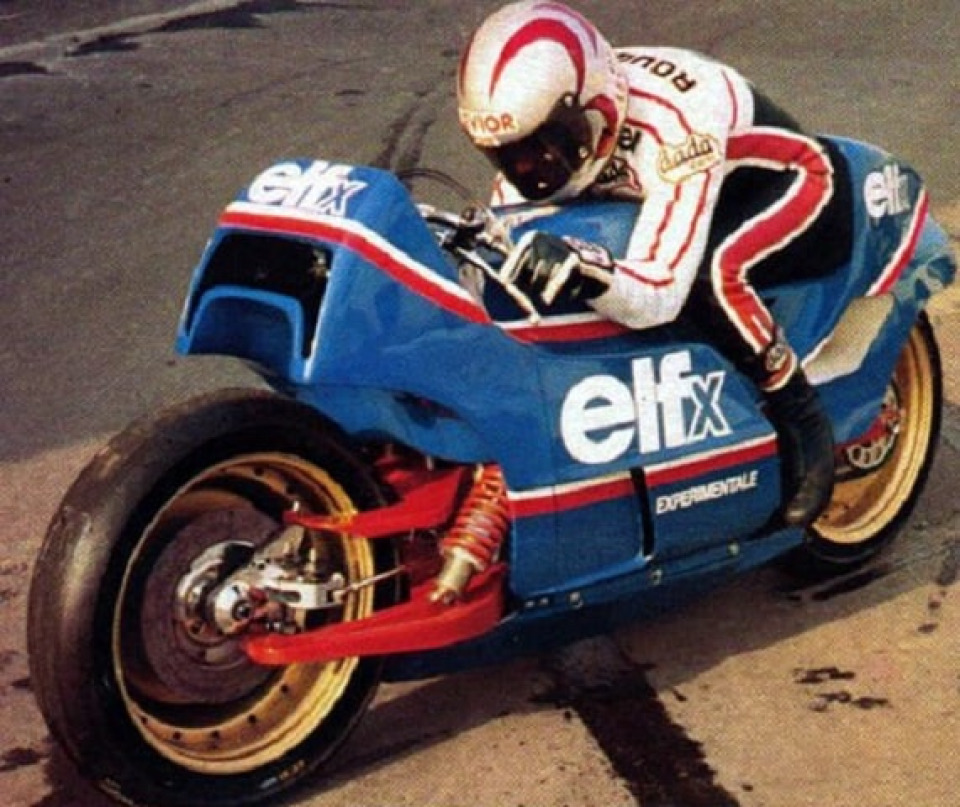
Nonetheless, a manufacturer was interested, Honda. A private test was held in 1979 with Honda’s own test rider and a collaboration was then launched so Honda would provide the “works” 1000cc RSC endurance engine for the 1980 season and de Cortanze would begin to work on an all new design from the lessons learnt.
The ELF-E
The ELF E debuted at the 1981 Bol d’Or and, with substantial ELF motorcycle oils backing, competed in every round of the World Endurance Championship until the end of 1983.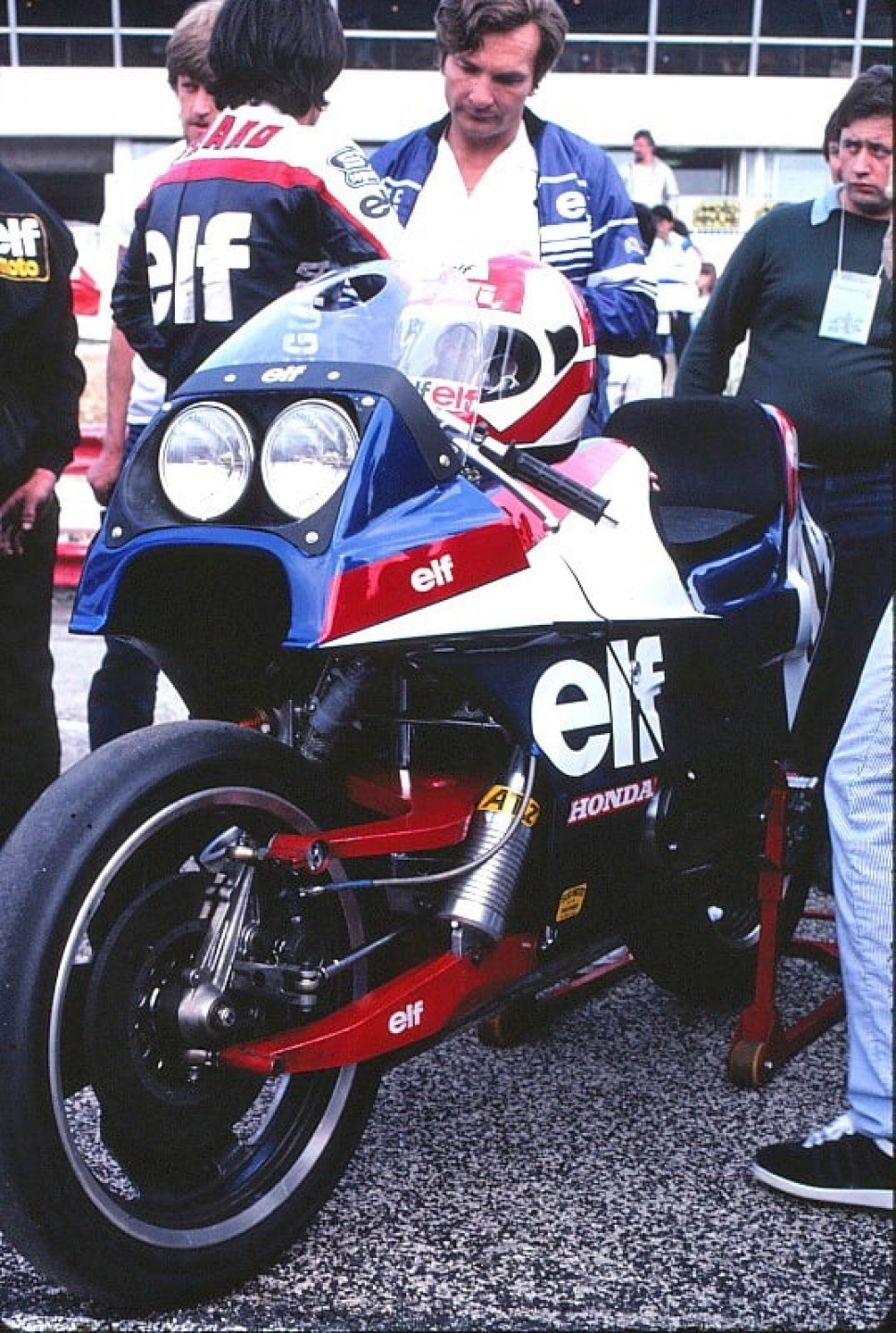
Though the ELF E was very fast, often qualifying on pole and leading early laps, the chassis was unreliable. Refined to the purest form of de Cortanze’s ideas, it finished third in the final 1000cc TTl/Endurance race at Mugello.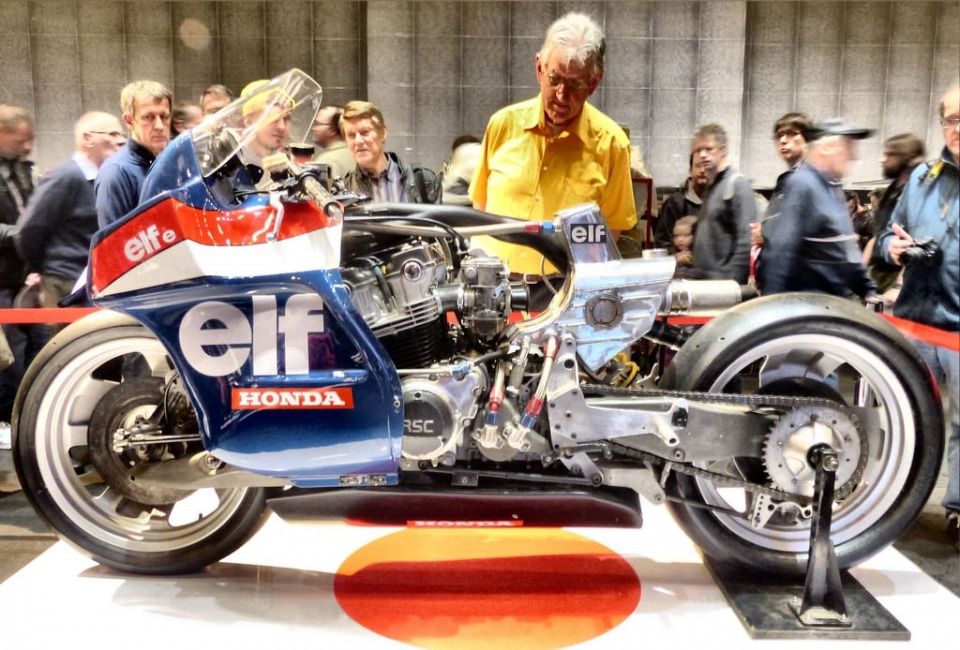
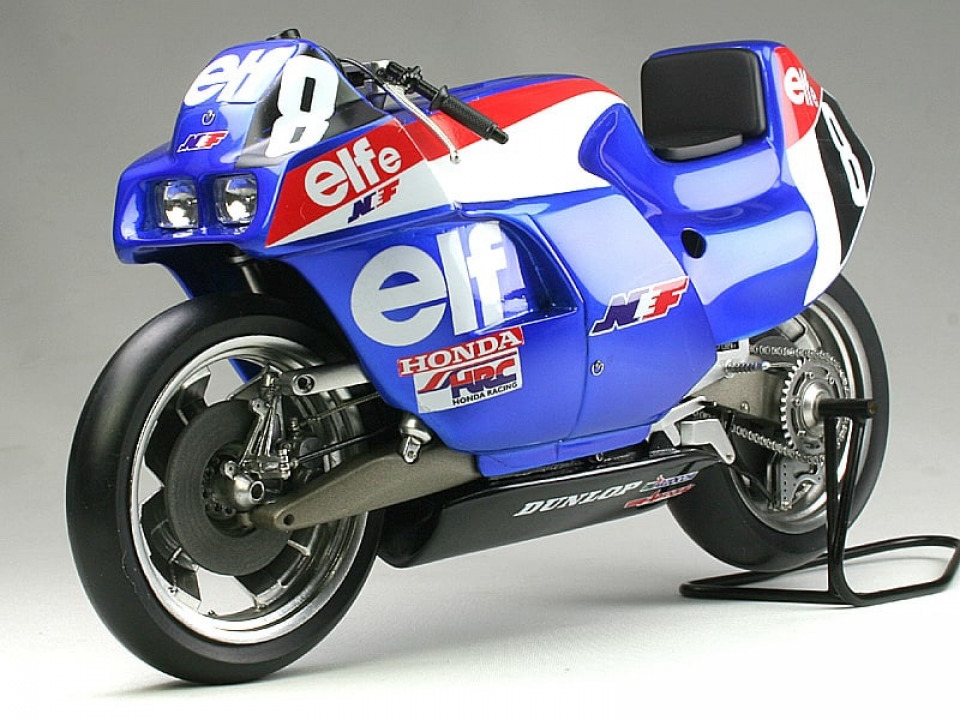
The ELF 2
1983 saw the end of the 1000cc endurance racing era. It enabled ELF to enter the higher-profile world of prototype GP racing and reap better promotional dividends.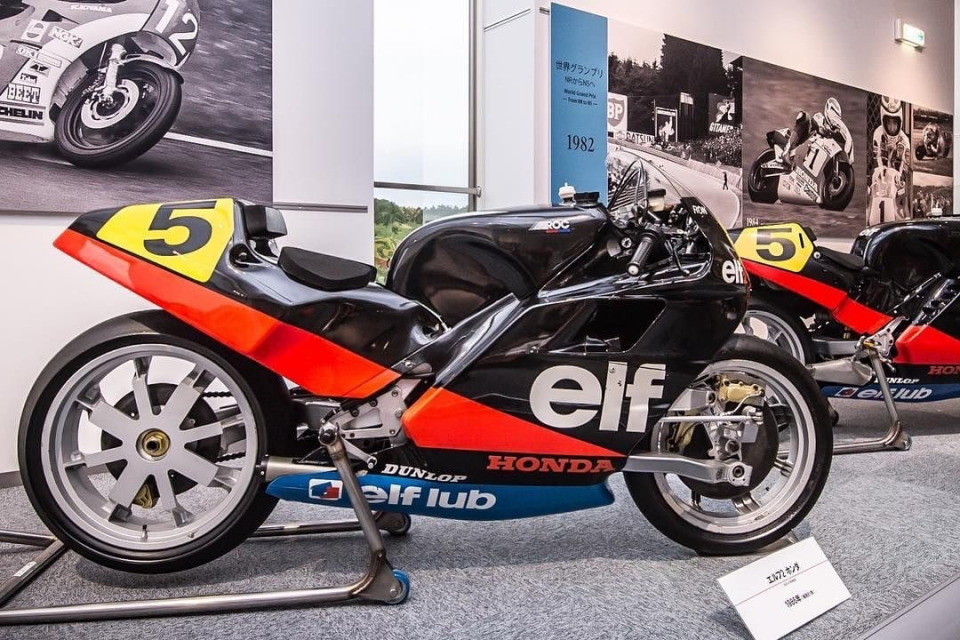
Honda supported them with three-cylinder RS500 engines, and in June of 1984 the ELF2 began testing in the hands of de Cortanze’s longtime collaborator, Christian Leliard.
Its most interesting feature was a revolutionary steering system, consisting of handlebars mounted to a crossmember and rigged to move fore and aft, rather than pivoting side to side. The suspension was also adventurous, utilizing a pair of specially made Marzocchi shocks beneath the engine that worked in traction rather than in compression. The Black Bird, as it was dubbed by the French press, never raced.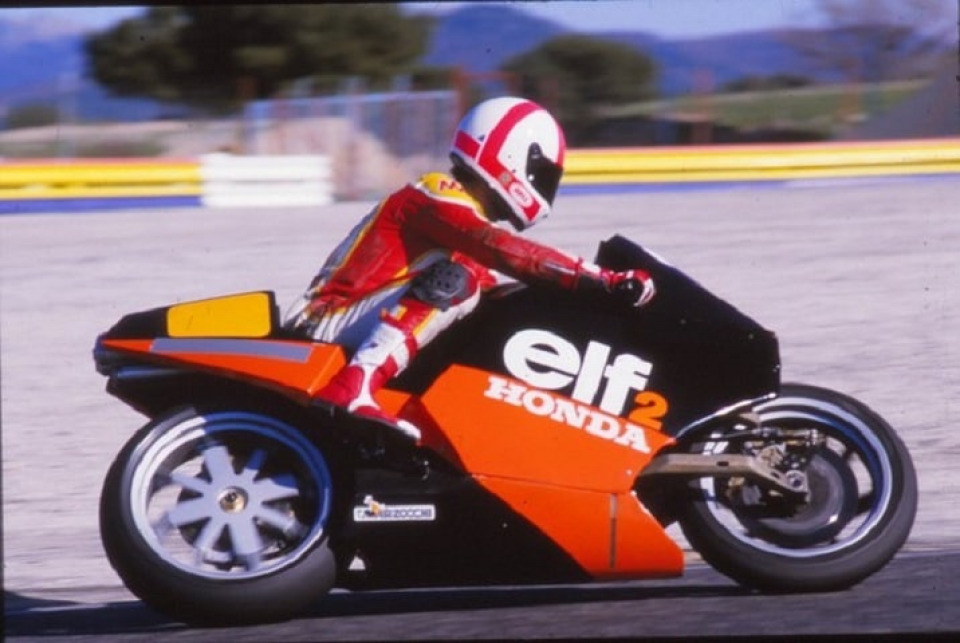
Riders found the curious steering system hard to get used to (push-starting on a crowded GP grid would have been exciting !). The proximity of the suspension pivots and insufficient damping from the special Marzocchis led to incurable handling problems. It didn’t debut until a year later at the French GP at Le Mans, by which time it morphed into the less-quirky ELF2A, with proven ELFe-type hub-center steering and revised suspension.
At this point de Cortanze was forced to give up his involvement with the ELF project, which had been dwindling due to the pressure of his new job with Peugeot.
The ELF 3
Next stop was the ELF 3. Guiter asked race manager Serge Rosset and engineer Dan Trema to work on a new design following de Cortanze departure. The whole group now started looking for results. Rosset and Trema collaborated to the ELF 3.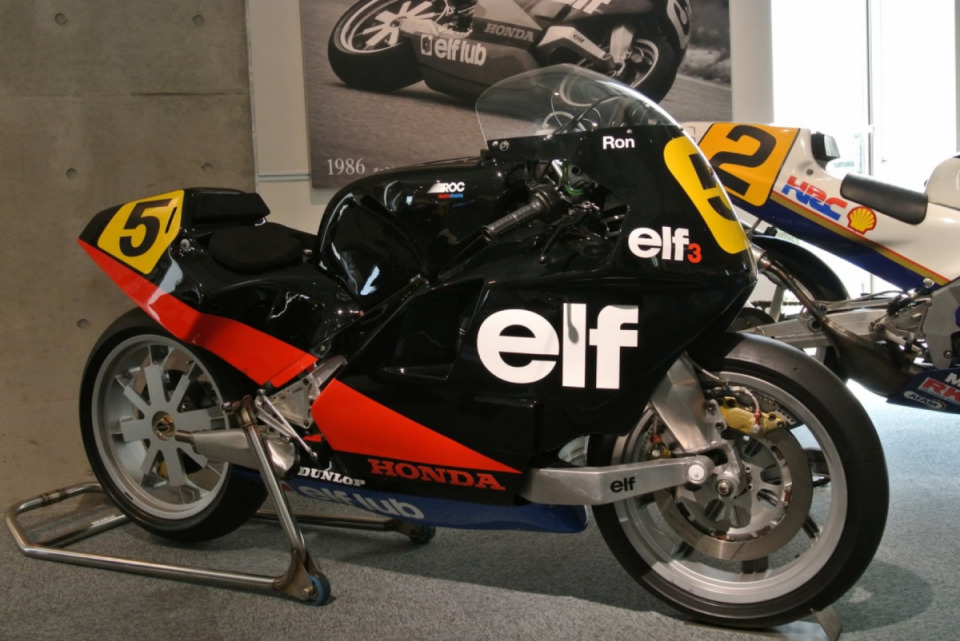
Powered by the Honda NS500 GP engine the bike was to have Brit’ Ron Haslam, the 1985 fifth standing rider in the championship the previous year. A great and promising package.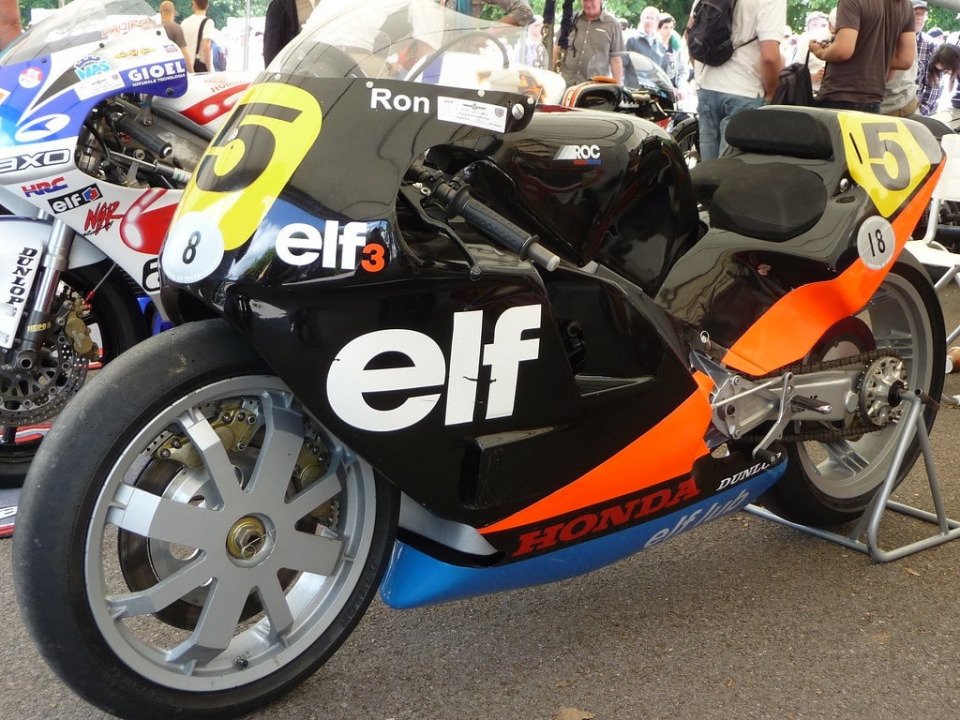
The results were there from the start of the season with Ron claiming world championship points in the first round of the 1986 season at Jarama, Spain. Ongoing season testing and the talent of rider Haslam proved a magic combo with the French team.
The Anglo-French team claiming the ninth position at the end of the season ahead of the works Suzuki team. The lesson learnt that year was that a radical and alternative design combined with a well-working team and rider could work.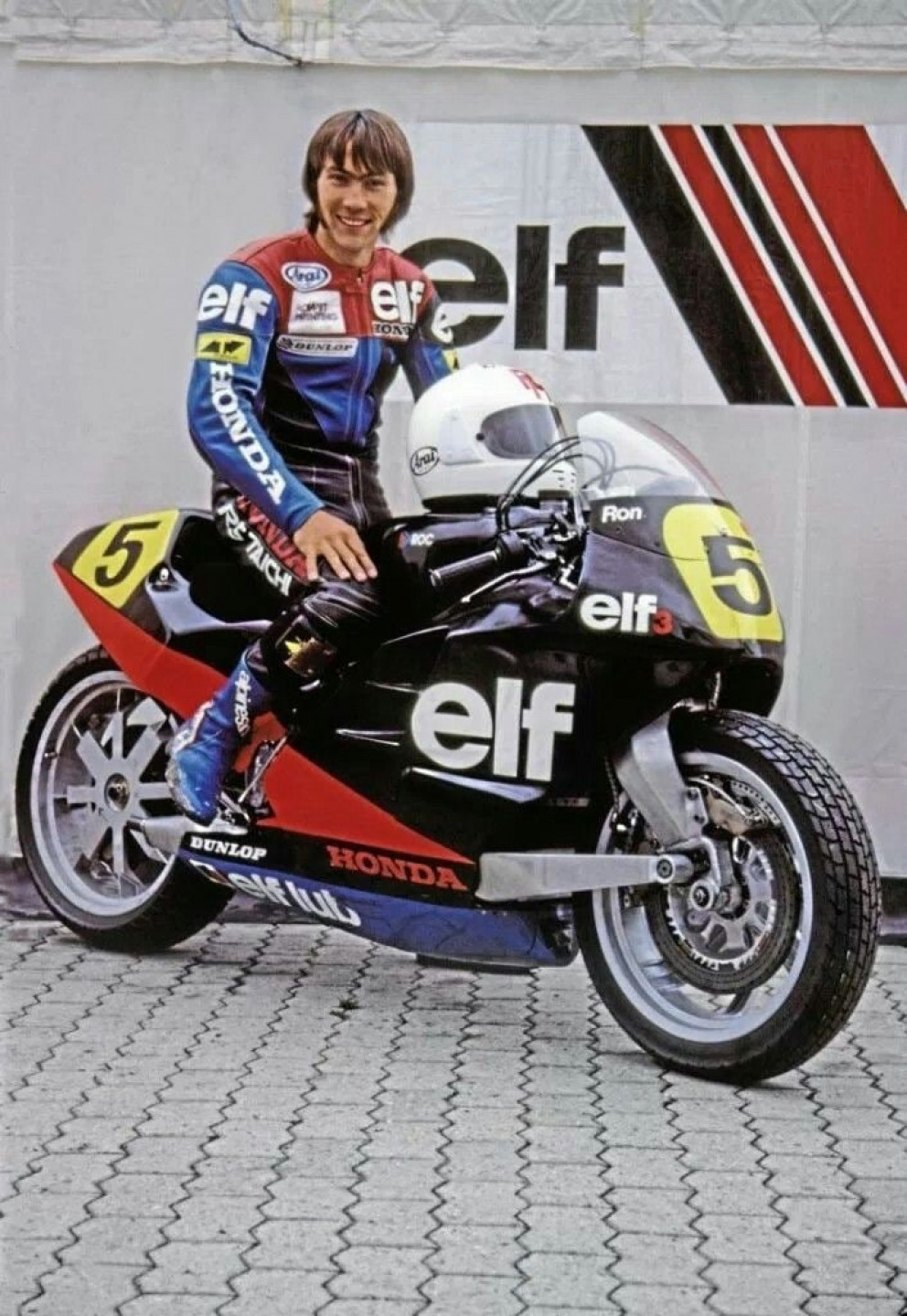
A secret agreement was then signed between Elf and Honda to evaluate the patented design on production bikes and a definitive agreement was signed in 1987 with the first production Honda bearing the single-sided swingarm (Officially named “Pro-Arm”) already on the public market by the time and materialized through the 1986 Honda VFR 750.
The ELF 4 & ELF 5
Following the 1986 results, work began on the next season and the ELF 4. Honda, and for the first time opened its HRC headquarters to Elf engineer Trema so he could work on the NSR 500C V4 GP engine and design bespoke parts for the new bike.
There were delays so Haslam debuted the season riding a standard NSR Honda bike bearing the ELF colours and finished fourth in the 1987 standings that year even if driving the ELF 4 during the last races.
The bike suffered serious brake problems, the chassis first made of carbon fibre proved to be too fragile for competition and the bike was to be heavily developed for the 1988 season renaming it the ELF 5.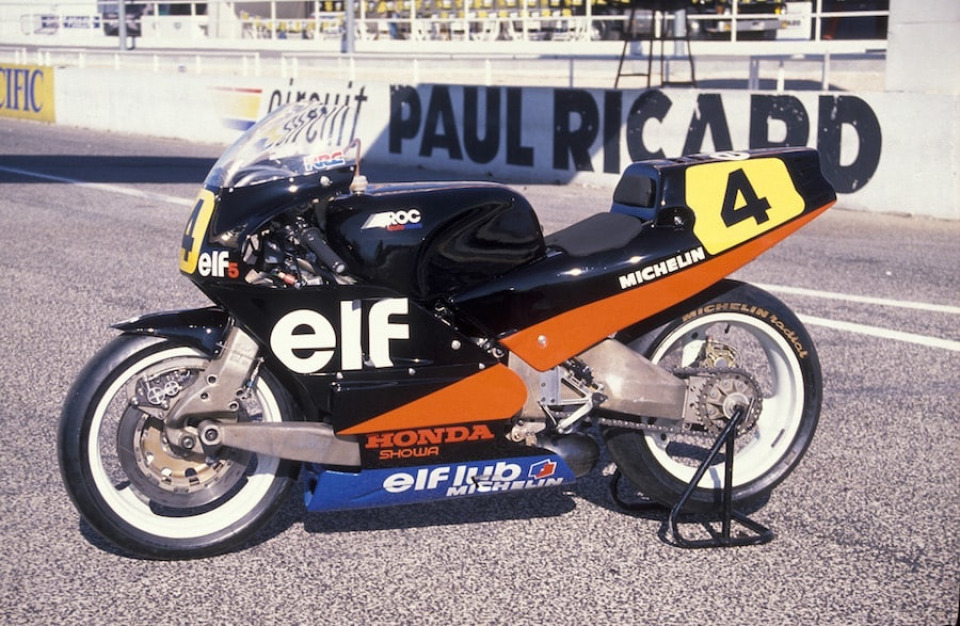
The carbon fibre chassis was replaced by cast-magnesium and featured Nissin front brakes to help cure the braking problems. The opposition worked hard as well and came with more sophisticated and stronger design. The team would finish eleventh in the world championship standings and it proved to be a disappointing season for the team.
Nonetheless, Haslam secured the 1986 Macau GP outright win and proved to be the Master of the street circuit as well as giving a testimony to the radical design of the ELF5.
The ELF-R
A super-streamlined version of the ELF was built for record-breaking – the ELF-R. A totally new set of bodywork was designed with a conical ‘dustbin’ fairing and NACA ducts for cooling the motor and brakes, the first time these were used on a motorcycle. With the same HRC-1000 engine as their other racers, in 1986 the Elf R reached 200mph in Nardo, Italy, and riders H. Auriol, E. Courly and C. de Liard took 6 World Speed Records.
All contemporary bike prove have their roots in the ELF design, look at the swingarms, stressed-member chassis, carbon fibre and the list goes on and on and on…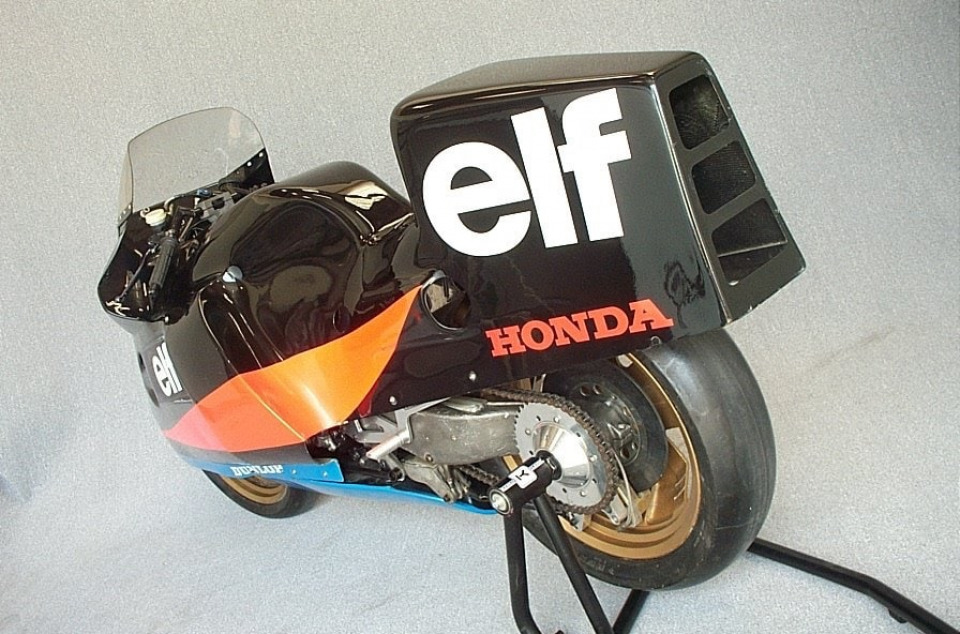

 Follow
19K
Follow
19K



